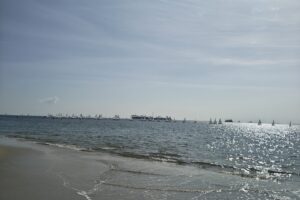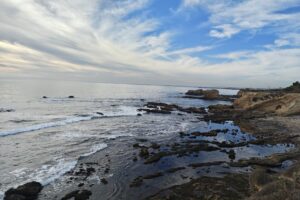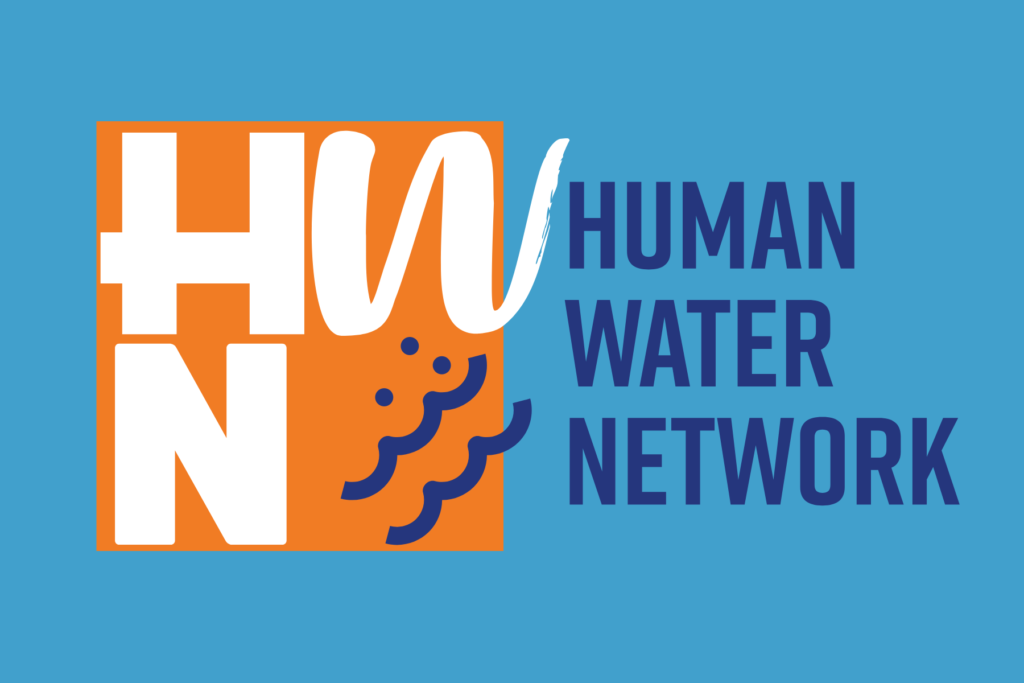Strengthening Our Collective Impact
Building Stronger Communities within Marine and Watershed Environmental Movements
In the face of climate change, pollution, and ecosystem degradation, environmental activism for marine and watershed ecosystems has never been more urgent. While legislation and scientific research provide essential groundwork, change often comes from communities rallying around a shared purpose. Building solid and collaborative communities within these movements is vital to protecting our oceans, rivers, and watersheds, fostering a sense of responsibility and shared action toward preserving these critical ecosystems.
Why Community Matters in Environmental Activism
Environmental issues span scientific, social, political, and economic dimensions. For individuals, these issues’ scale and technical nature can seem overwhelming, even paralyzing. However, community involvement can break down these challenges into approachable goals, empowering individuals to participate meaningfully. In marine and watershed conservation, where problems and solutions vary by region, localized community efforts can tailor actions to address specific needs, whether cleaning up a beach, restoring riverbanks, or advocating for policy change. When community members work together, they share knowledge, pool resources, and amplify their voices, making their actions more impactful and sustainable.
The Role of Watershed Communities
Watersheds—areas of land where water drains into a common waterway—are critical to freshwater and marine health. Pollutants in a watershed can eventually flow into larger bodies of water, affecting ecosystems downstream, including the ocean. Because of this interconnectedness, watershed communities play a crucial role in conserving freshwater resources and protecting ocean health.
These communities often engage in habitat restoration, riparian planting, erosion control, and public outreach on water quality. Organizations like the Watershed Institute and the Alliance for the Great Lakes foster community-building efforts by organizing workshops, stream cleanups, and volunteer days that bring people together with hands-on opportunities to make a difference. By rallying around shared interests and goals, watershed communities can tackle local issues with far-reaching impacts, helping reduce pollution and improve water quality for downstream ecosystems.
Marine Conservation and the Power of Local Advocacy
Marine conservation movements also benefit from grassroots community-building efforts. Coastal communities are uniquely positioned to observe changes in ocean health and the impact of human activity firsthand. Community groups in these areas have long spearheaded campaigns for pollution control, sustainable fishing practices, and coastal habitat preservation.
Groups like the Surfrider Foundation, Oceana, and Coral Restoration Foundation have made significant strides in marine conservation by organizing local chapters that promote citizen science, public education, and advocacy. Coastal cleanups, for instance, are everyday events that bring together diverse groups to physically remove trash and debris, creating a tangible impact while fostering a strong sense of camaraderie and shared purpose among participants. These groups inspire broader change through local action, and their work often influences national policies protecting marine ecosystems.
Building Community through Education and Advocacy
Education is a powerful tool for building community in environmental movements. By informing people about the issues facing marine and watershed ecosystems, organizations and activists create a foundation of understanding that can inspire action. Community education programs offer workshops, nature walks, and informational seminars to engage people in a shared learning experience, helping them develop a sense of connection and responsibility toward their local ecosystems.
Advocacy also plays a significant role in uniting communities. Community-based organizations often provide platforms for people to raise their voices on environmental issues. They organize letter-writing campaigns, public demonstrations, and meetings with policymakers to push for change. When individuals see their community advocating for ocean and watershed health, they’re more likely to feel inspired to participate, reinforcing the group’s collective power.
Fostering Inclusion and Diversity within Environmental Movements
For the marine and watershed movements to thrive, they must be inclusive and welcoming of diverse perspectives and backgrounds. Environmental challenges affect people differently based on geography, socioeconomic status, and cultural connections to the water. By embracing a diversity of voices, conservation communities can better understand the range of environmental impacts and create solutions that address the needs of all stakeholders, making each individual feel valued and integral to the cause.
To foster inclusivity, many organizations partner with schools, local governments, and other community groups to engage underrepresented populations. Projects aimed at youth, for example, often offer scholarships or free participation in programs like river monitoring and marine restoration. Through initiatives like these, environmental movements gain passionate new members and develop future leaders who bring fresh ideas and enthusiasm to the cause.
Strengthening Our Collective Impact
Marine and watershed environmental movements are about relationships—our relationships with each other and the natural world. Building strong communities within these movements allows us to harness our collective power, bridging the gap between scientific goals and everyday action. Creating spaces for collaboration, education, advocacy, and inclusion strengthens our resilience and resolve, ensuring we can face the challenges ahead and protect our water resources for future generations.
Through community, the path toward a sustainable future becomes more achievable. It is a journey of shared commitment to healthy waters, thriving ecosystems, and a planet where people and nature coexist in harmony.





